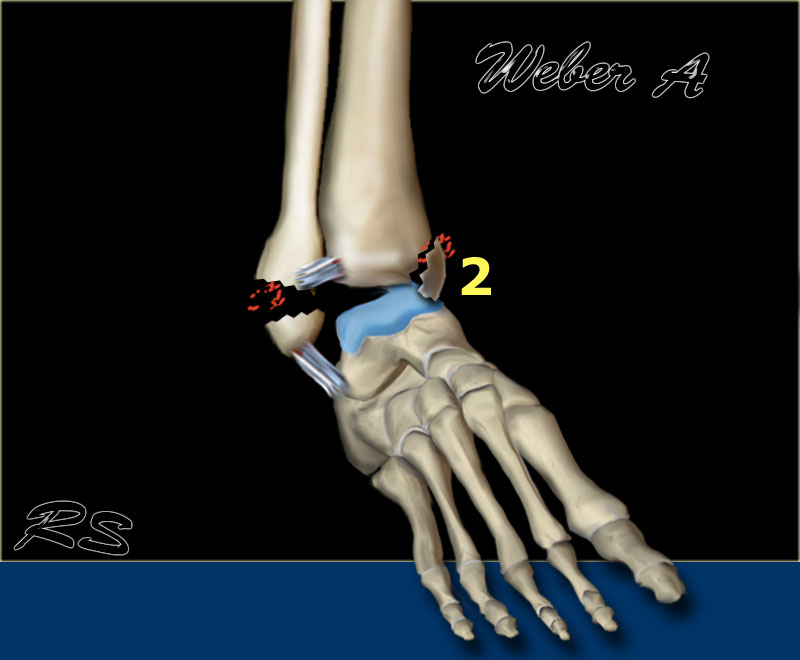
Together, these findings extend the current understanding of distal fibular microarchitecture, likely explaining the epidemiologic features of distal fibula fractures and emphasizing the need for age-adapted treatment algorithms. A critical age-related decline in bone strength parameters in the type B subregion was observed in women, providing an explanation for the increased incidence of low-traumatic type B fractures in the elderly. Stiffness and failure load were highest in the type C subregion in both women and men.

While women showed a greater magnitude of decline, men also exhibited an age-associated decrease for some parameters, including cortical area and cortical thickness in the type C subregion. Age was primarily associated with a cortical decrease in all subregions (Danis-Weber type A, B and C) in women. From distal to proximal, we observed an increase of cortical parameters and a decrease of trabecular parameters. Group comparisons and linear regression analyses were applied to evaluate the effects of age, sex, and subregion. Scans were performed in a 7 cm volume of interest (VOI) and evaluated in three subregions according to the Danis-Weber fracture classification. To address this gap of knowledge, we obtained fibulae from 30 skeletally intact donors at autopsy (each 15 male and female), which were analyzed by high-resolution peripheral quantitative computed tomography (HR-pQCT) including micro-finite element analysis (♟EA). ĭespite its clinical relevance in the context of ankle fractures, little is known about the bone microarchitecture and strength of the distal fibula, especially regarding age-, sex-, and subregion-specific effects. Despite its ease of use and reproducibility, the classification did not effectively guide management, as it failed to differentiate stable from unstable injuries.This was the impetus for the work of Niel Lauge-Hansen (1899-1976), a Danish physician who studied ankle fractures during the 1940s and 1950s, ul. The first ankle fracture classification, credited to Percival Pott, described three types of ankle fractures based on the number of malleoli involved: unimalleolar, bimalleolar, and trimalleolar.

This is attributed to the increased life expectancy among older individuals and improved survival of patients with severe foot and ankle trauma. Although ankle fractures currently account for 9% of fractures, incidence and severity are increasing. HistoryAnkle fractures are common musculoskeletal injuries that occur in a bimodal distribution, with peaks in younger men and older women, the former related to high-energy trauma and the latter to osteopenia and osteoporosis.


 0 kommentar(er)
0 kommentar(er)
